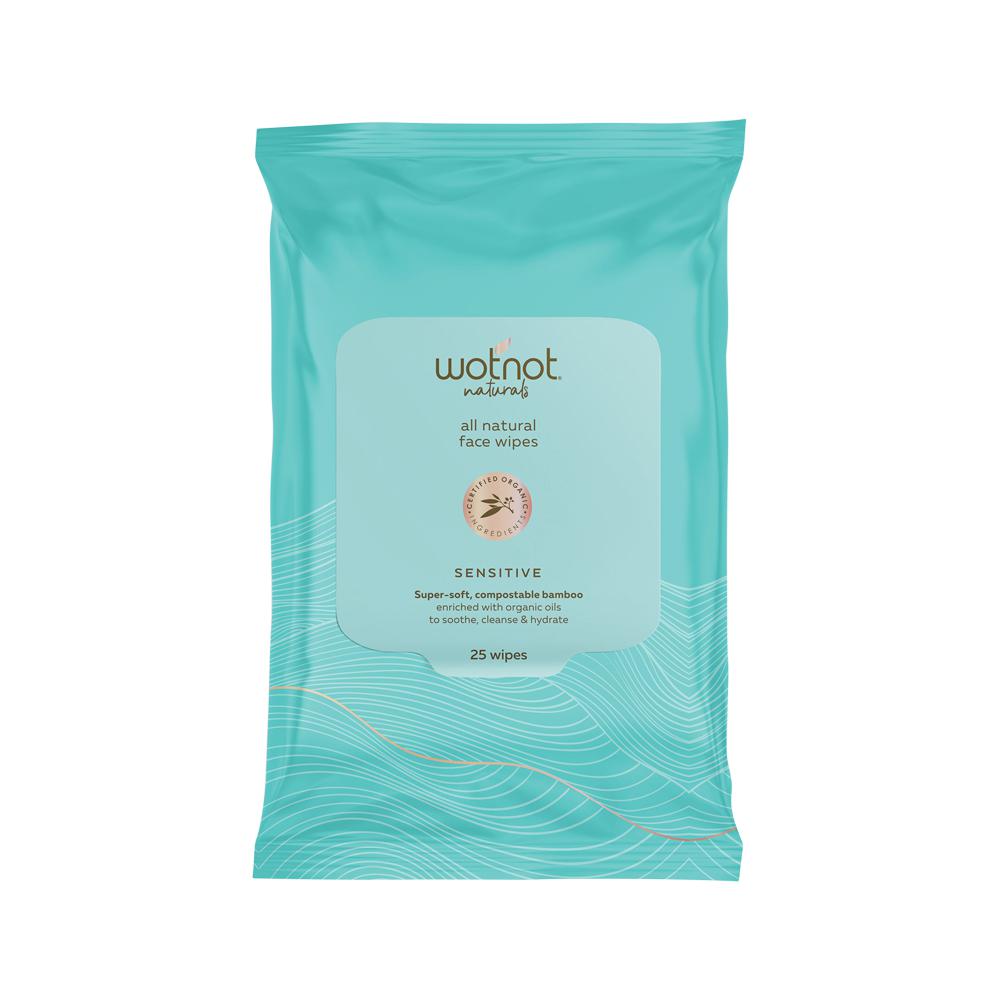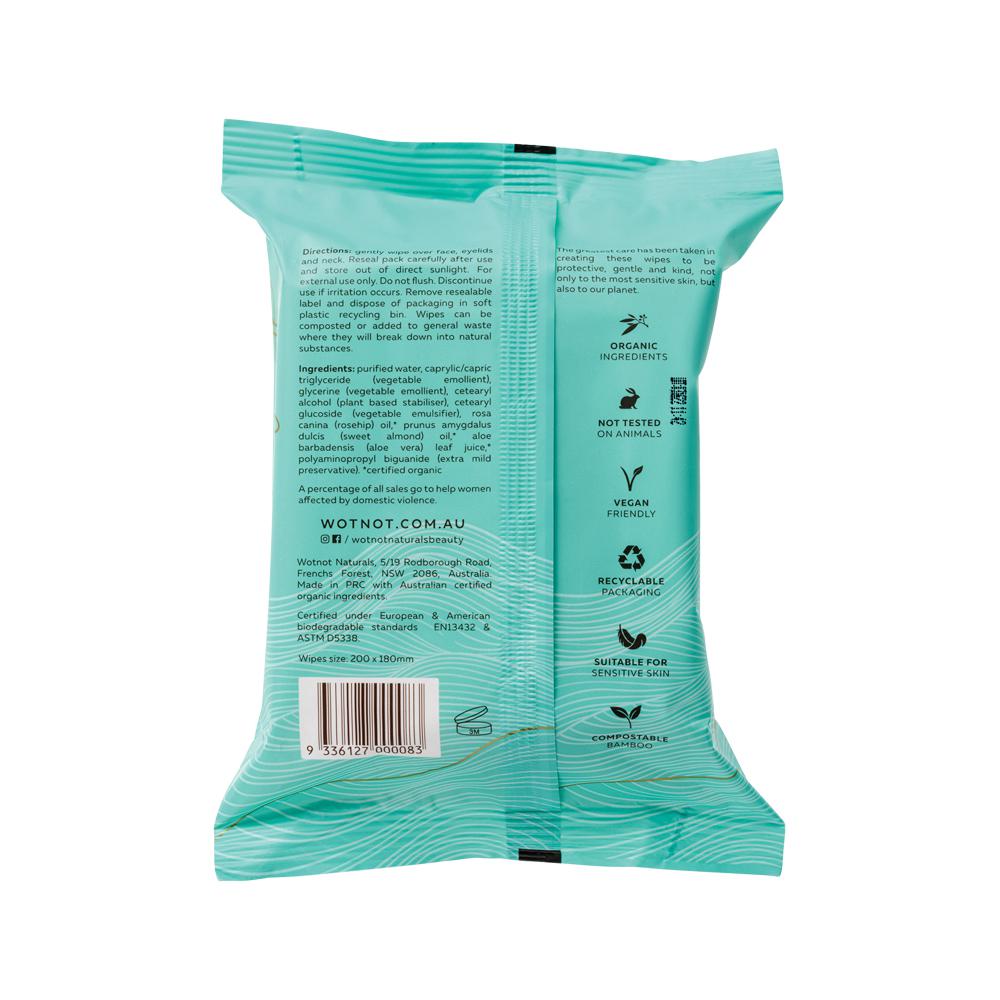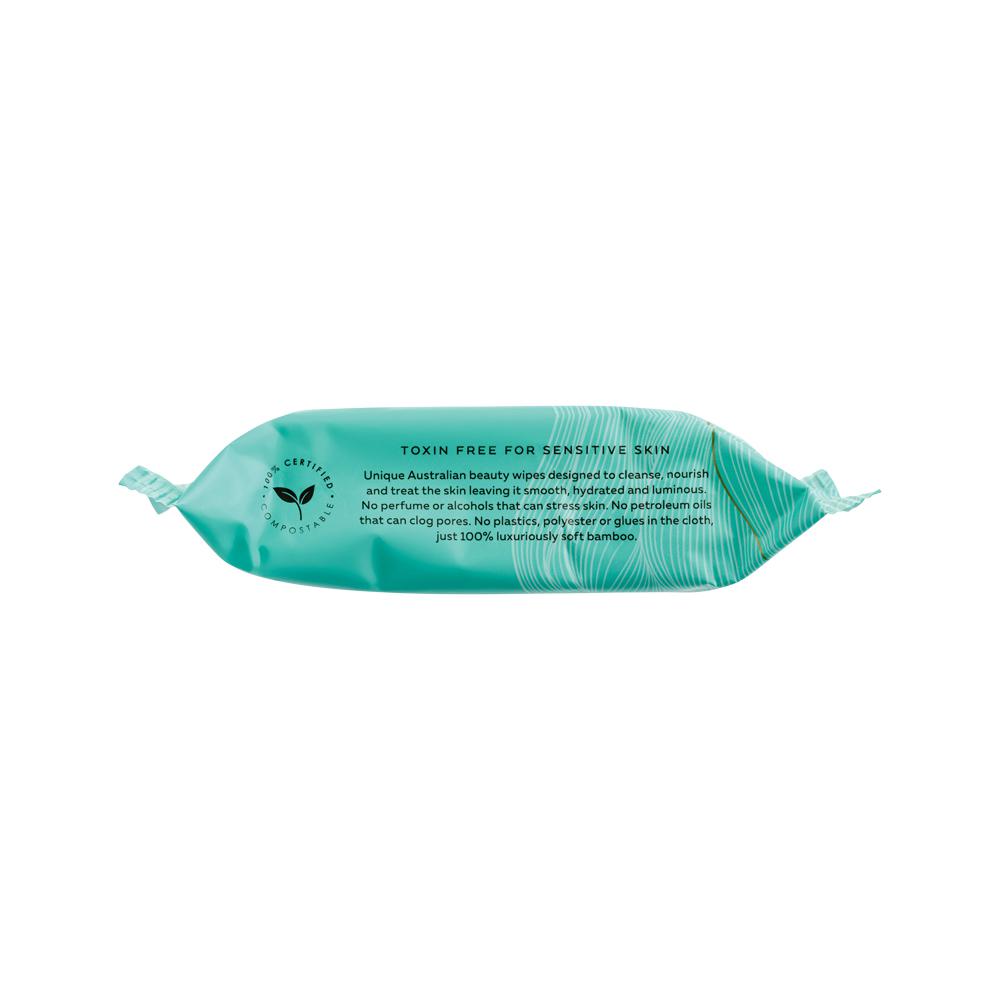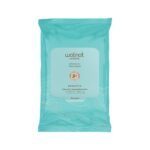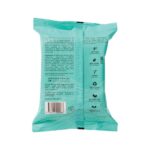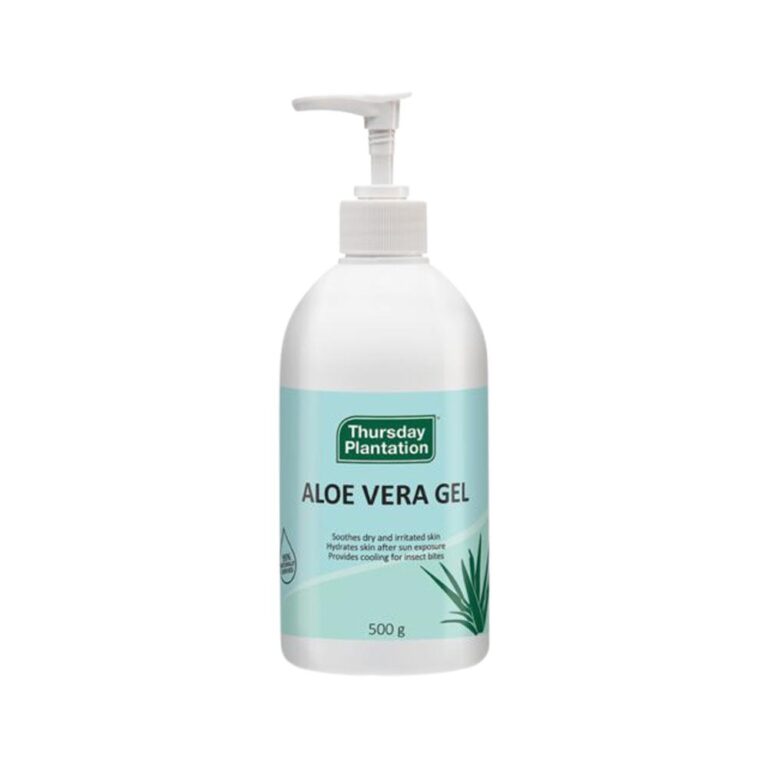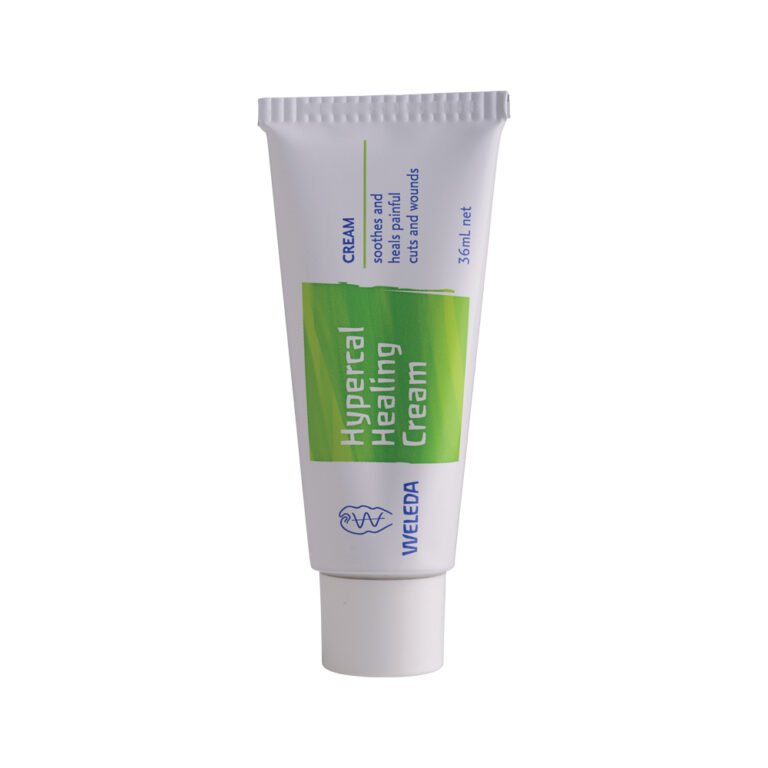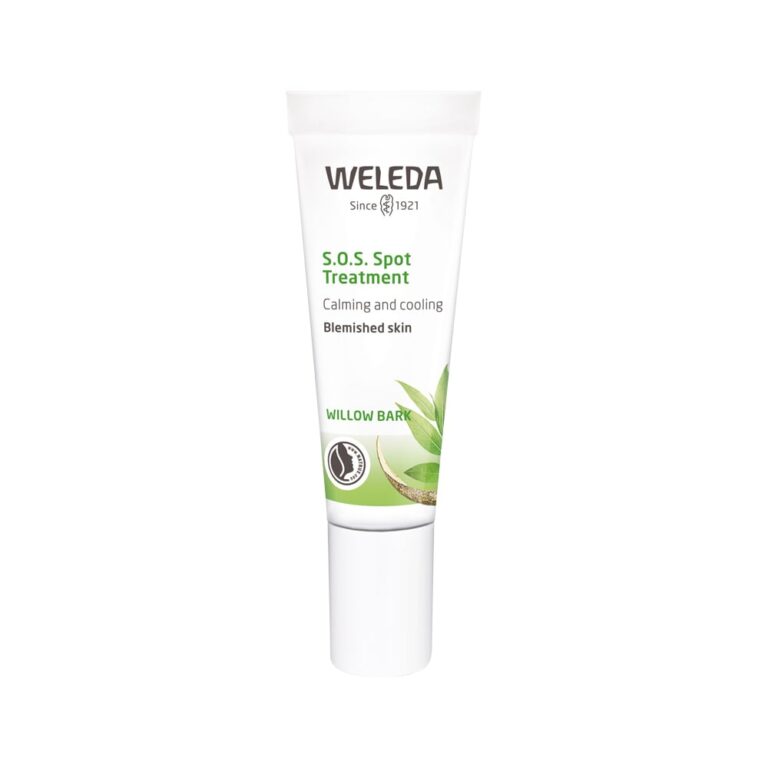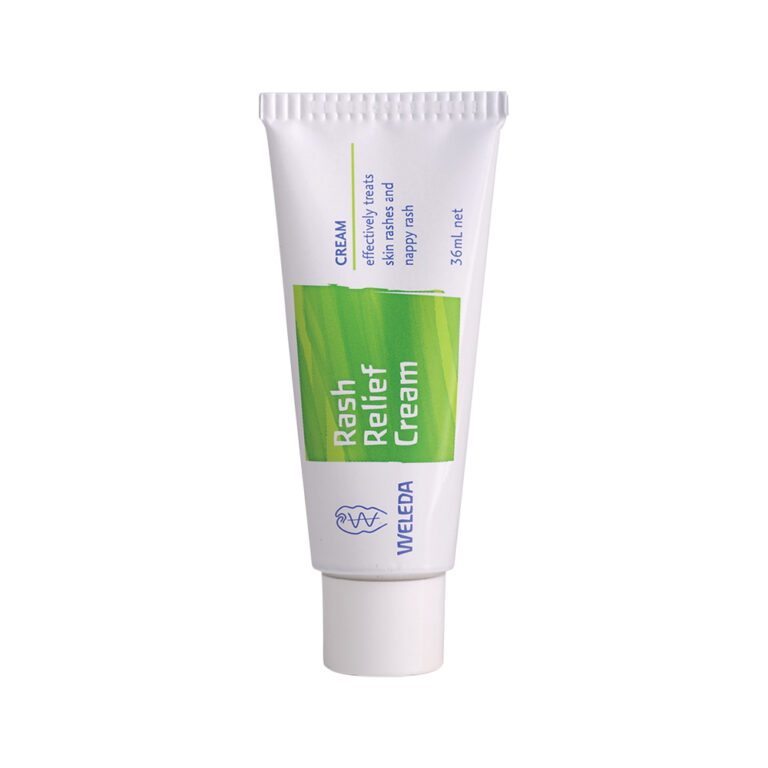Wotnot Naturals All Natural Face Wipes Sensitive
Wotnot has produced an organic face wipe so natural your skin will love it as much as you do. Facial skin is so delicate that only the most natural ingredients should be used in your skincare products. Wotnot natural ingredients mean less irritation for your skin and being 100% biodegradable and compostable, these wipes are even gentle on the environment.
Enriched with all natural ingredients including Australian certified organic Aloe vera to lubricate and repair, certified organic sweet almond oil to restore lost moisture and calm itch and inflammation, and certified organic rosehip oil for skin regeneration and moisture re-balancing. The certified organic rosehip oil base is easily absorbed to condition skin and eyelids making lashes more lush, while the naturally sourced nutrients like Vitamin E help to heal, nourish and protect leaving the skin smooth, supple and glowing.
Our sensitive face wipes for all skin types contain certified organic rosehip, certified organic aloe vera and sweet almond oil
100% natural and biodegradable fibre
Free from alcohol and artificial perfumes
Free from parabens and petrochemicals
Ideal for sensitive skin
Removes all makeup including waterproof mascara
$7.27
In stock
Product information
| Brand | |
|---|---|
| Packaging | |
| Product Attributes | , , , , |
Ingredients
Purified water, caprylic/capric triglyceride (vegetable derived), glycerine (vegetable derived), cetearyl alcohol (plant derived mild emollient), certified organic aloe vera*, certified organic sweet almond oil*, certified organic rosehip oil*, tocopherol acetate (vitamin e), cetearyl glucoside (plant derived), polyaminopropyl biguanide (extra mild preservative). * Certified organic ingredients
Directions for Use
Gently wipe over face, eyelids and neck. If stored in vanity case ensure lid is properly secured.
Store out of direct sunlight to prevent drying out.
Warnings
For external use only.
Do not flush.
Discontinue use if irritation occurs.
Customer Reviews
You May Love...
Online Sports Nutrition and Natural Dietetics.
Chances are there wasn't collaboration, communication, and checkpoints, there wasn't a process agreed upon or specified with the granularity required. It's content strategy gone awry right from the start. Forswearing the use of Lorem Ipsum wouldn't have helped, won't help now. It's like saying you're a bad designer, use less bold text, don't use italics in every other paragraph. True enough, but that's not all that it takes to get things back on track.
The villagers are out there with a vengeance to get that Frankenstein
You made all the required mock ups for commissioned layout, got all the approvals, built a tested code base or had them built, you decided on a content management system, got a license for it or adapted:
- The toppings you may chose for that TV dinner pizza slice when you forgot to shop for foods, the paint you may slap on your face to impress the new boss is your business.
- But what about your daily bread? Design comps, layouts, wireframes—will your clients accept that you go about things the facile way?
- Authorities in our business will tell in no uncertain terms that Lorem Ipsum is that huge, huge no no to forswear forever.
- Not so fast, I'd say, there are some redeeming factors in favor of greeking text, as its use is merely the symptom of a worse problem to take into consideration.
- Websites in professional use templating systems.
- Commercial publishing platforms and content management systems ensure that you can show different text, different data using the same template.
- When it's about controlling hundreds of articles, product pages for web shops, or user profiles in social networks, all of them potentially with different sizes, formats, rules for differing elements things can break, designs agreed upon can have unintended consequences and look much different than expected.
This is quite a problem to solve, but just doing without greeking text won't fix it. Using test items of real content and data in designs will help, but there's no guarantee that every oddity will be found and corrected. Do you want to be sure? Then a prototype or beta site with real content published from the real CMS is needed—but you’re not going that far until you go through an initial design cycle.
